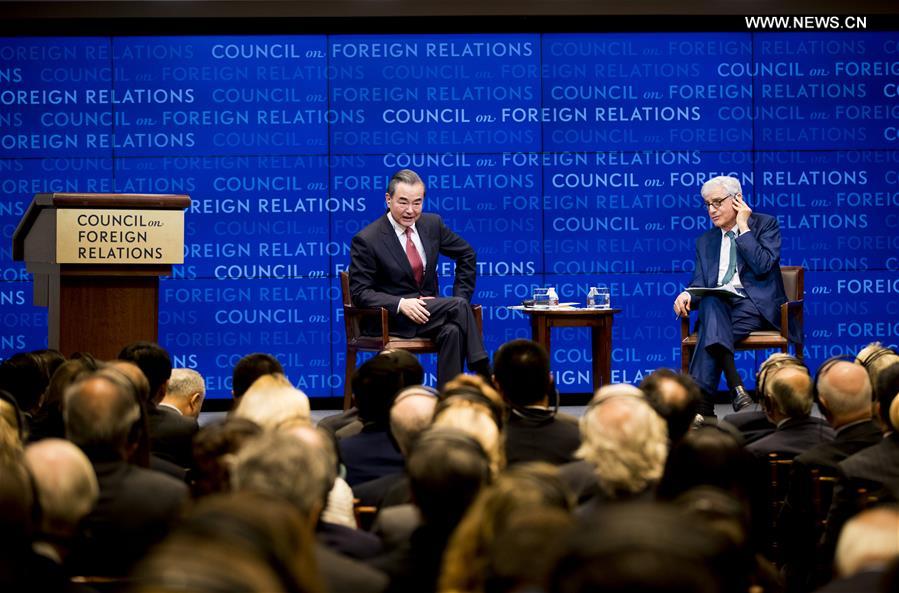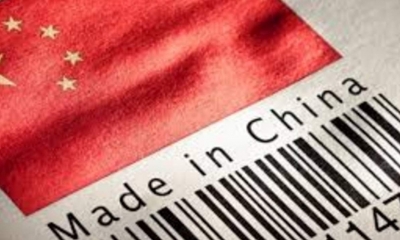Protectionism Leads Nowhere

The U.S. overbearing behaviors have raised opposition and criticism from major countries around the world.
The U.S. government hiked tariffs on US$200 billion worth of Chinese goods exported to the U.S. from 10 to 25 percent on May 10, 2019. Starting in March 2018, the China-U.S. trade friction has lasted for more than a year.
A series of trade wars launched by the U.S. worldwide has not only negatively impacted and sabotaged global economic recovery, but also challenged and threatened the existing rule-based multilateral trade system. The U.S. overbearing behaviors have raised opposition and criticism from major countries around the world.
How the U.S. protectionist policy will develop has drawn global attention. First, its policy goes against the tide of history. Global market openness and trade liberalization are the general trends of the world, as well as the goals that multilateral organizations have long advocated and strived to achieve. The principle of fair competition is an idea widely accepted and pursued by various countries. From the perspective of the history of international trade after World War II, the U.S government’s current practice is obviously against the basic principles of free trade, indicating President Donald Trump’s personal style and his administration’s adventurist actions that go against the general trends, which will definitely incur denounce and opposition from major trading nations in the world. Given that the protectionist policy of the U.S. is against the trends of the times, it will definitely not succeed. By doing so, the U.S. cannot gain any economic benefits, and will furthermore fall into a passive, isolated position in the international community.

Second, the U.S.’ protectionist policy will only harm others without getting anything good for itself. Let alone the disastrous aftermath of its protectionism policy adopted in 1930, the U.S.’ move to impose additional tariffs on steel and aluminum imports last year directly resulted in a sharp hike in steel prices in the country, which undoubtedly raised its domestic production costs and consumer goods prices. In addition, as involved countries take countermeasures, the U.S. exports will face a more difficult situation.
Finally, with the implementation of China’s countermeasures against agricultural products from the U.S., its states most dependent on agriculture will face difficulties. As the trade wars started by the U.S. impeded goods of other countries from flowing into the U.S., its exports will also be influenced. Moreover, the burden of higher tariffs will fall on buyers of imported products and, ultimately, American consumers. With the rise of consumer goods prices in the U.S., the Federal Reserve will be forced to raise interest rates, causing further appreciation of the U.S. dollar. As a result, the U.S. will see a sharp increase in current-account deficits, thus severely slowing down its economic recovery.
Therefore, the U.S. government’s decision to impose additional tariffs on Chinese goods will definitely put itself in a mass of contradictions. If the Trump Administration still sticks to the conventional idea of using tariff hikes as bargaining chips in negotiations, the problem facing the U.S. will not be how to raise the stakes, but how to end up in this mess.
The author is vice chairman of the China Society for World Trade Organization Studies.
 Facebook
Facebook
 Twitter
Twitter
 Linkedin
Linkedin
 Google +
Google +




